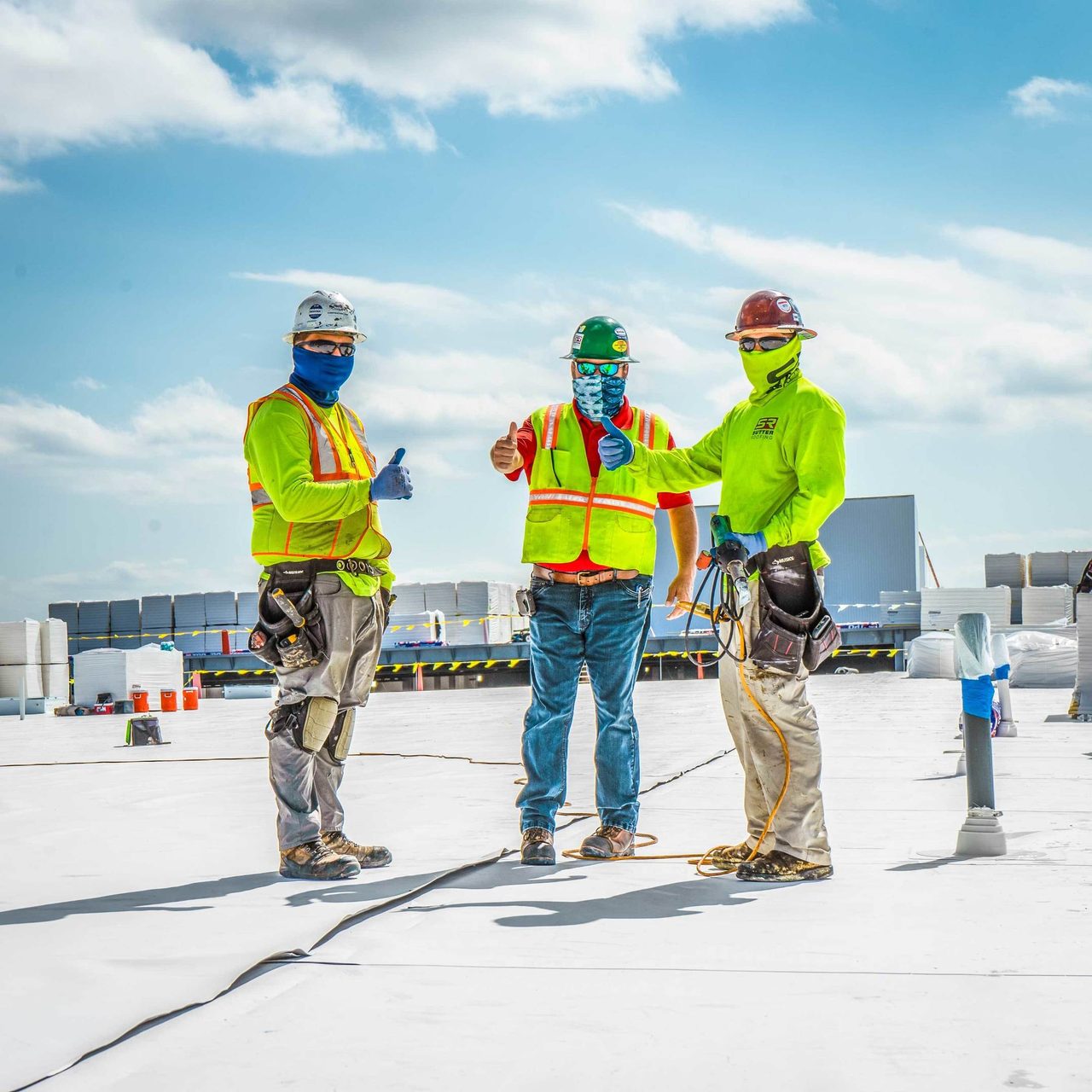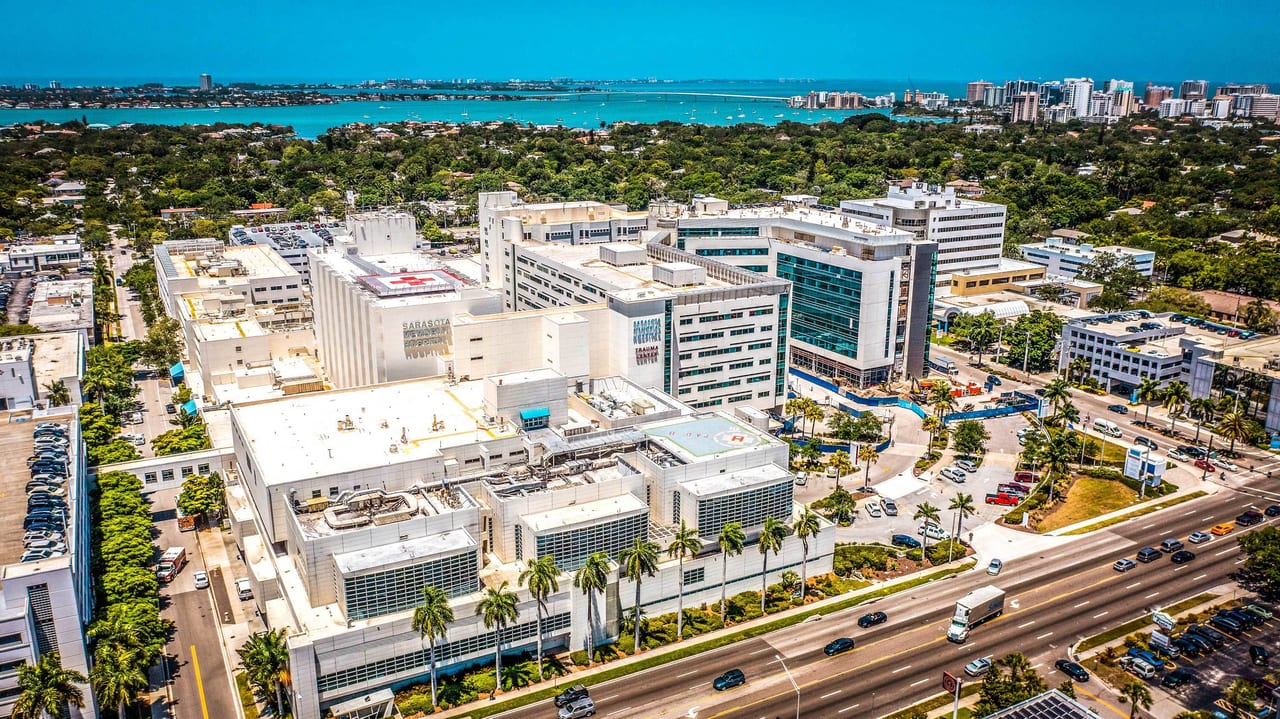





Pushed to near-recession levels by the COVID-19 pandemic, the commercial roofing market’s recovery is slow, yet roofers remain optimistic
By Art Aisner
If roofing contractors in the commercial market felt challenged by the uncertainty 2020 brought them, then they likely found this year absolutely taxing — and not just in financial terms. Lingering health and safety concerns and the changing economic landscape of the COVID-19 recovery prolonged a feeling of stress and uncertainty for roofers that only compounded when the supply chain dried up.
Price increases and project delays started hitting roofing contractors in every commercial market and exacerbated concerns about product availability, future sales and worker retention.
“It was a strong Q1, and we were fortunate to have a lot of backlog coming into the year again, but then the material shortage and the price increases came into play,” said Kayhan Fatemi, executive vice president of BEST Contracting Services in Gardena, Calif. “A lot of jobs are getting pushed back or dragged out.”

Contractors on average reported single ply as the top-selling product (90%), followed closely by metal (81%). Photo courtesy of Sutter Roofing.
Roofing contractors continued to share their journeys with RC both anecdotally and with hard data. With the help of experts from Clear Seas Research — the survey and research arm of RC’s parent company, BNP Media — RC again circulated our annual survey last fall to help put the year in perspective, and prepare for the challenges ahead.
The exclusive survey demonstrated where roofers on the commercial side feel the industry sits, and some of the leading concerns entering 2022. Respondents consisted of roofing contractors that subscribe to RC and are registered on roofingcontractor.com.
The commercial roofing contractors who responded represent companies that generate more than 50% of overall annual revenue from commercial projects — whether that be in roof replacement, repair or new construction. The majority were men (80%) and nearly 60% were between ages 40-59 years. The geographic breakdown was led by the South (38%); followed by the Midwest (33%); the West (17%); and Northeast (13%). Roughly 38% identified themselves as general management, and another 35% identified as corporate or executive managers.
Sales Remain Strong
Of all the factors roofing contractors needed to worry about as the year went on, sales didn’t appear to be one them. Nearly two-thirds (67%) of respondents expect an increase in overall sales volume for the year compared to 2020. Of those, the majority (54%) expected a slight increase and 17% indicated sales should remain the same. Roughly 16% felt sales would drop this year.
In terms of what they’re selling, contractors on average reported being involved with five primary products. Leading the way again was single-ply at 90%, followed closely by metal (81%). The two combined account, on average, of 52% of overall sales revenue. Low-slope asphalt (65%), coatings (60%), and steep-slope asphalt shingles (58%) completed the top five.
Diving deeper into singly-ply responses, roofers showed a strong preference for TPO (47%), followed by EPDM (29%) and PVC (13%). The gap between specific product use appeared much closer in the low-slope asphalt category, where, on average, modified bitumen-SBS generated 38% of all sales; modified bitumen-APP accounted for 32% and built-up roofing hovered at 30%.

Roughly 71% of respondents said increased building material costs emerged as the top challenge in 2021.
Metal roofing sales generate primarily from architectural standing seam at 30%, while roof edge and gutter systems and structural standing seam each accounted for 26%. About 47% of respondents indicated that metal roofing sales increased this year, and 39% said sales held steady. About 13% indicated a drop.
Nearly 52% of roofers said coatings sales improved in 2021, and 41% said sales remained the same. Single-ply roofing sales appeared strongest, with 74% of contractors indicating growth. Just 7% reported decreased sales in both of those categories. Nearly one-third of respondents said low-slope commercial sales also dipped.
The number of contractors with overall concerns about future sales appears low. About 79% said they expect a slight to great increase in 2022 annual total sales volume compared to this year. Specifically, more than three-fifths of respondents expect single-ply, metal and coatings to grow next year, while sales on most other commercial roofing products should be consistent. About 85% expect increases in total sales volume over the next three years, the data showed.
Shifting Challenges
More than 60% of mostly commercial roofers listed workforce as their chief concern in last year’s report. While the lack of skilled workers remains a problem across all construction trades, this year’s survey showed continued concerns over material costs and shortages were understandably top-of-mind among commercial roofing contractors.
Roughly 71% of respondents said increased building material costs emerged as the top challenge in 2021. That number stood at about 47% among contractors in 2020, results show. In this year’s survey, another 56% identified supply chain problems within their top three, with a lack of workers slightly above at about 60%. Those three represented concerns for more than half of all respondents.
Notably, it was the first time in several years that workforce did not top the survey results. It was also the first time in years of the survey that safety concerns fell below double digits — cratering at 4%. Those safety concerns did not include COVID-19 protocols, which 73% of contractors said they considered a workforce challenge over the past 12 months. About 75% also identified finding and recruiting new workers a challenge since 2020, while 40% found employee retention to be a serious problem.
The impact of the supply chain issues on employees should not be understated. About 40% of contractors said it led to project delays in 2021, and another 23% found it directly led to cost increases.
Both led to furloughs, and even layoffs in some cases, pushing workers into other professions that were hemorrhaging jobs during the height of the pandemic. Many fear they won’t come back.
“Without the materials we’re at a standstill on those jobs. The guys simply cannot work without them,” Fatemi said. “It’s scary because these are all good guys that we don’t want to lose.”
Planning difficulties and unhappy customers also made the top 10 list of problems caused by supply-chain woes. Roughly 13% of contractors said it had a minor or no impact at all.

About 72% of respondents found labor costs on the rise, with the majority (44%) estimating hikes between 1-10%.
Roofers Respond
Those that did have materials issues to navigate tended to stay loyal to their existing suppliers, the data suggests. Just 6% of commercial contractors said they sought alternative products to complete jobs, and actively looked for new distributors. That loyalty was reciprocated, in most cases, for contractors that worked hard to cultivate key relationships over the years.
“We did a really good job of keeping our employees safe and working. They universally appreciated that,” said Doug Sutter, president of Sutter Roofing – RC’s 2021 Commercial Roofing Contractor of the Year. “On the supply side, we got ahead of the delays a bit, but our outstanding long-term relationships with vendors is what has been most beneficial for our firm. Many years of steady business and paying our bills early or on-time have helped us act on opportunities.”
Aside from increases due to the supply chain, contractors also faced steep rises in labor costs. About 72% of respondents found labor costs on the rise, with the majority (44%) estimating hikes between 1-10%. Another 39% said workforce costs rose between 11-20% since January; and 6% faced hikes of 21% or more. Less than a quarter of respondents said labor costs remained the same, and 4% reported a drop.
On average, full-time employees are completing the majority of projects, while subcontractors make up just over one-quarter of companies’ field labor. Subcontractor work surged 23% among respondents in the past 12 months, but remained the same for the majority of contractors (71%). Specialized work and the inability to find qualified workers remain the leading reasons for subcontractor use, the data showed.
Roofers are trying several methods to address recruitment and retention. Online job postings through dedicated websites and referrals from family and friends are very common (71%) but still trail employee referrals (75%). Using social media platforms (65%) and purchasing newspaper ads (27%) rounded out the top five.
Paying well and giving bonuses were the top strategies roofers used to keep workers in the fold at 79%. Ensuring enough work (77%) and a safe environment trailed slightly (73%). Roughly 60% of respondents said they provide benefits and training as retention tools; and 48% offer overtime pay.
The number of contractors offering workers a flexible schedule (38%) and more vacation or paid time off (19%) jumped sharply in 2021 compared to past years.
Technology Time
The infusion of technology continued to help the industry connect and grow in 2021. With travel restrictions in place and a slow COVID-19 vaccination rollout, the industry pivoted to virtual meetings, conferences and trade shows early on. In-person events returned in Q3, highlighted by the 2021 International Roofing Expo in Las Vegas. The demand for touchless solutions amid the pandemic forced some contractors to embrace new sales techniques and implement entirely new systems to manage customers and generate leads.
Estimating software and enterprise or accounting software continue to be the most commonly used software technology product among contractors, at 73% and 58%, respectively. Customer relationship management software was next at 48%, followed by drones (46%) and aerial measurement (40%) to complete the top five. Among those five, drones appear to be the most in demand, with 35% of respondents indicating they planned to add or upgrade their current use. One-quarter of contractors said they don’t plan to add or upgrade any software products in 2022.
Drones and cloud computing services are the most currently used technologies among contractors, and one-third of respondents use on-the-job wearables and mobile devices. That could double over the next year or two, the data shows. Marketing appears to be the primary benefit among drone users, and companies prefer to purchase them over renting or leasing. About 64% of contractors use their drones for inspections, and 23% said they use them for measurements.
Less than 20% said they are discussing virtual/augmented reality tools or artificial intelligence for predictive data analytics for use in the next three to five years. Just 10% said they’re considering the use of robots, and 54% said they have no plans for robots whatsoever.
Commercial roofing contractors head into 2022 with several concerns that don’t have simple or quick fixes. The demand for roofing is strong and figures to remain that way as contractors embrace new technology geared to optimize efficiency and build long-term relationships. The national focus on infrastructure should present some opportunities for those contractors already taking those steps. But any positive prognosis for the next 12 months should be tempered with caution as the scarcity of supplies and the raw materials needed to make them continues to impact their day-to-day operations.
The information contained within this article is comes from: Clear Seas Research. 2021 Roofing Contractor Commercial Roofing Report. Oct. 2021.
Clear Seas Research is a full service, B-to-B market research company focused on making the complex clear. Custom research solutions include brand positioning, new product development, customer experiences and marketing effectiveness solutions. Clear Seas offers a broad portfolio of primary, syndicated research reports and powers the leading B-to-B panel for corporate researchers, myCLEARopinion Panel, in the architecture, engineering, construction, food, beverage, manufacturing, packaging and security industries. Learn more at clearseasresearch.com.